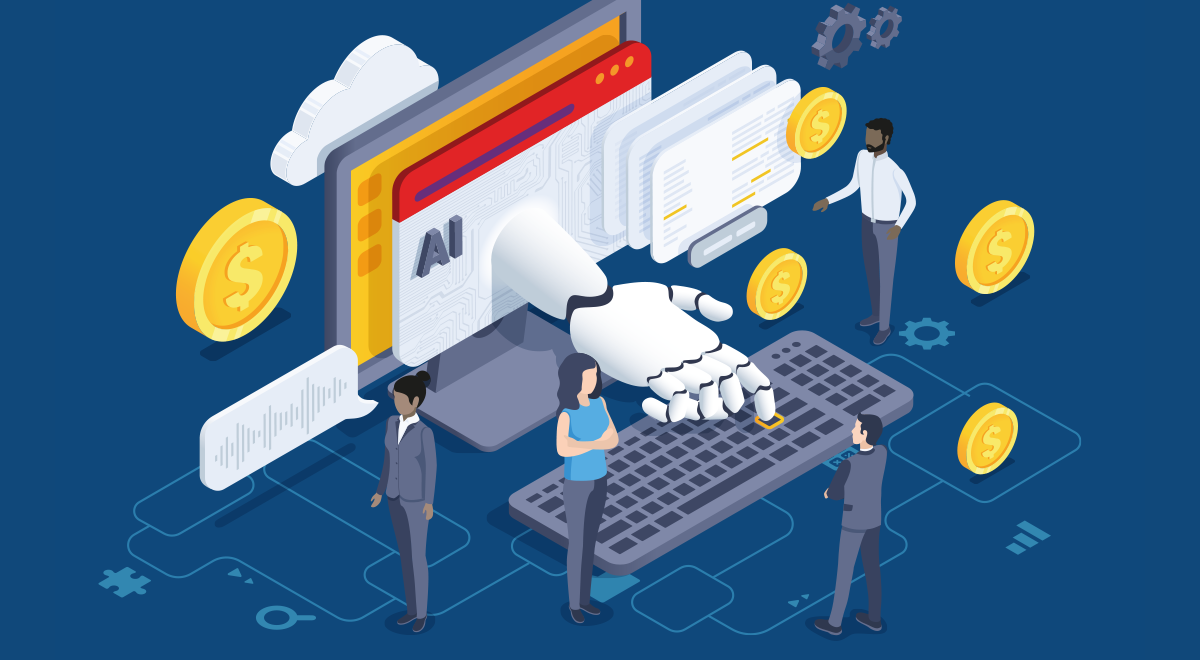
Scaling MLOps for the enterprise with multi-tenant systems
Multi-tenant systems are invaluable for modern, fast-paced businesses. These systems allow multiple users and teams to access and use them at the same time. Machine learning operations (MLOps) teams, in particular, benefit greatly from using multi-tenant systems. MLOps teams that don’t leverage multi-tenant systems can fall victim to inefficiency, inconsistency, duplicative work, and bumpy onboarding—adding…
Read More
Meta’s AI leaders want you to know fears over AI existential risk are “ridiculous”
It’s a really weird time in AI. In just six months, the public discourse around the technology has gone from “Chatbots generate funny sea shanties” to “AI systems could cause human extinction.” Who else is feeling whiplash? My colleague Will Douglas Heaven asked AI experts why exactly people are talking about existential risk, and why…
Read More
How existential risk became the biggest meme in AI
Who’s afraid of the big bad bots? A lot of people, it seems. The number of high-profile names that have now made public pronouncements or signed open letters warning of the catastrophic dangers of artificial intelligence is striking. Hundreds of scientists, business leaders, and policymakers have spoken up, from deep learning pioneers Geoffrey Hinton and…
Read More
Asia’s opportunity for generative AI
Suddenly, everybody is talking about generative artificial intelligence (AI). (Disclaimer: this article is written by a human.) The idea of software that generates dynamic, customized content is exciting. While chatbots have existed for years, a rapidly expanding suite of generative AI-based image, video, and text generators such as DALL-E 2, Fotor, Runway, AlphaCode, and ChatGPT…
Read More
We are all AI’s free data workers
This story originally appeared in The Algorithm, our weekly newsletter on AI. To get stories like this in your inbox first, sign up here. This week I’ve been thinking a lot about the human labor behind fancy AI models. The secret to making AI chatbots sound smart and spew less toxic nonsense is to use a…
Read MoreFunction calling and other API updates
We’re announcing updates including more steerable API models, function calling capabilities, longer context, and lower prices.
Read More
Successfully deploying machine learning
After decades of research and development, mostly confined to academia and projects in large organizations, artificial intelligence (AI) and machine learning (ML) are advancing into every corner of the modern enterprise, from chatbots to tractors, and financial markets to medical research. But companies are struggling to move from individual use cases to organization-wide adoption for…
Read More
Google DeepMind’s game-playing AI just found another way to make code faster
DeepMind’s run of discoveries in fundamental computer science continues. Last year the company used a version of its game-playing AI AlphaZero to find new ways to speed up the calculation of a crucial piece of math at the heart of many different kinds of code, beating a 50-year-old record. Now it has pulled the same…
Read More
To avoid AI doom, learn from nuclear safety
This story originally appeared in The Algorithm, our weekly newsletter on AI. To get stories like this in your inbox first, sign up here. Ok, doomer. For the past few weeks, the AI discourse has been dominated by a loud group of experts who think there is a very real possibility we could develop an artificial-intelligence…
Read More
Welcome to the new surreal. How AI-generated video is changing film.
The Frost nails its uncanny, disconcerting vibe in its first few shots. Vast icy mountains, a makeshift camp of military-style tents, a group of people huddled around a fire, barking dogs. It’s familiar stuff, yet weird enough to plant a growing seed of dread. There’s something wrong here. “Pass me the tail,” someone says. Cut…
Read More